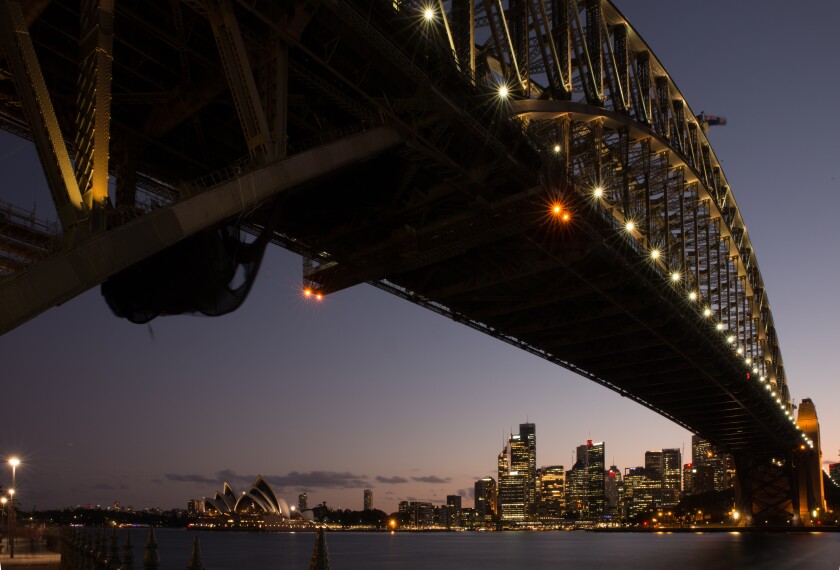During the past month, the Australian Government has released a package of draft legislation that introduces significant taxation integrity measures for multinationals, including:
Replacing Australia’s thin capitalisation tests for non-financial entities with new tests (principally an earnings-based test) which limit the amount of tax deductions available for interest expenses;
Introducing a rule that limits the ability for large multinationals to claim tax deductions for payments relating to intangibles that involve low-tax jurisdictions; and
Requiring large multinationals to publish certain tax information publicly on a country-by-country basis via an official Australian Government website.
Whilst the legislation is still in draft and subject to consultation, the amendments are currently proposed to take effect from July 1st 2023, without any transitional relief for existing arrangements. Accordingly, multinational enterprises operating in Australia should, as a matter of priority, consider the potential impact of these proposed changes. Further details of each measure are provided below.
Thin capitalisation
Australia’s current thin capitalisation limits (or “tests”) are broadly based on the gearing levels of the taxpayer; i.e. debt to assets ratios. Under the proposed amendments the existing tests will be replaced with the following new tests:
30% ‘tax EBITDA’ test (replaces 60% debt to asset test)
Under the proposed fixed ratio test, an entity’s net debt deductions will be limited to 30% of the entity’s tax EBITDA. Broadly, “tax EBITDA” is the entity’s taxable income, adjusted for net debt deductions, tax depreciation and tax losses deducted.
Any amounts denied under the fixed ratio test can be carried forward for up to 15 income years to be deducted in a future year, to the extent the fixed ratio test is satisfied for that year. Similar to tax losses, the entity will need to satisfy a continuity of ownership test to utilise the deductions (but no continuity of business test will be available).
External third party debt test (replaces arm’s length debt test)
Under the proposed external third party debt test, an entity’s debt deductions will be limited to those attributable to external third party debt. The external third party debt must also satisfy certain requirements; e.g. in relation to recourse and debt fund usage requirements. This test can only be used by a taxpayer if all its associate entities also use the same test.
Group EBITDA ratio test (replaces worldwide gearing test)
Under the proposed group ratio test, an entity’s net debt deductions will be limited to an amount based on the relevant tax EBITDA ratio of its worldwide group.
Other changes
The draft legislation also included the following proposed changes:
Interest expenses incurred to derive dividends that are effectively tax exempt under Australia’s participation exemption rules will no longer be tax deductible. This will be relevant where an Australian entity holds a 10% or greater interest in a foreign subsidiary.
Since gearing levels will no longer be governed by the thin capitalisation rules for taxation purposes, Australia’s transfer pricing rules can then apply to impose an arm’s length standard on the gearing levels of Australian entities, in respect of any cross-border debt.
Payments for intangibles
The proposed new rules will deny tax deductions for royalties and other payments made by an Australian company in respect of intangible assets that meet all the following conditions:
The Australian entity is a significant global entity – broadly, part of a group with global annual income of A$1 billion or more;
The Australian entity (or its associate) receives a right to acquire or use or exploit an “intangible asset”; and
The Australian entity makes a payment attributable to the rights above which results in the recipient of the payment (or another associate of the Australian entity) deriving income in a low tax jurisdiction.
The rules have been broadly drafted to capture arrangements where the income from the use or exploitation of the intangible is derived directly or indirectly by an associate of the Australian entity in a low corporate tax jurisdiction. Thus, these rules require an analysis of the broader ownership structure, and related income flows, of the intangible assets of the multinational group and not only those arrangements that directly involve the Australian entity.
Further, “intangible asset” is broadly defined to go beyond intellectual property and can include “access to customer databases”, “algorithms” and “other rights over assets” which may not typically be considered “intellectual property” or property in general.
A “low tax” jurisdiction means a country with less than a 15% corporate tax rate (although the interaction with any Pillar 2 “top-up” taxes are yet to be confirmed). As such, arrangements involving jurisdictions such as Singapore, UK and US would appear to fall outside the scope of the new rules. However, arrangements involving intangibles in lower tax jurisdictions such as Ireland or a tax haven country would be at risk. For completeness, a country with a patent box regime, without sufficient economic substance, can be deemed to be a “low tax jurisdiction”.
Finally, whilst this deduction has been described as an anti-avoidance measure, there is no purpose requirement in order for these rules to apply.
Tax transparency
Under the proposed rules, certain large multinational enterprises (referred to as CbC reporting parents) will be required to publish certain tax information on a country-by-country basis, via an Australian Government website. The type of information that will need to be published under the draft rules include information regarding intangible assets, employees, related party dealings, profits, and effective tax rates.












